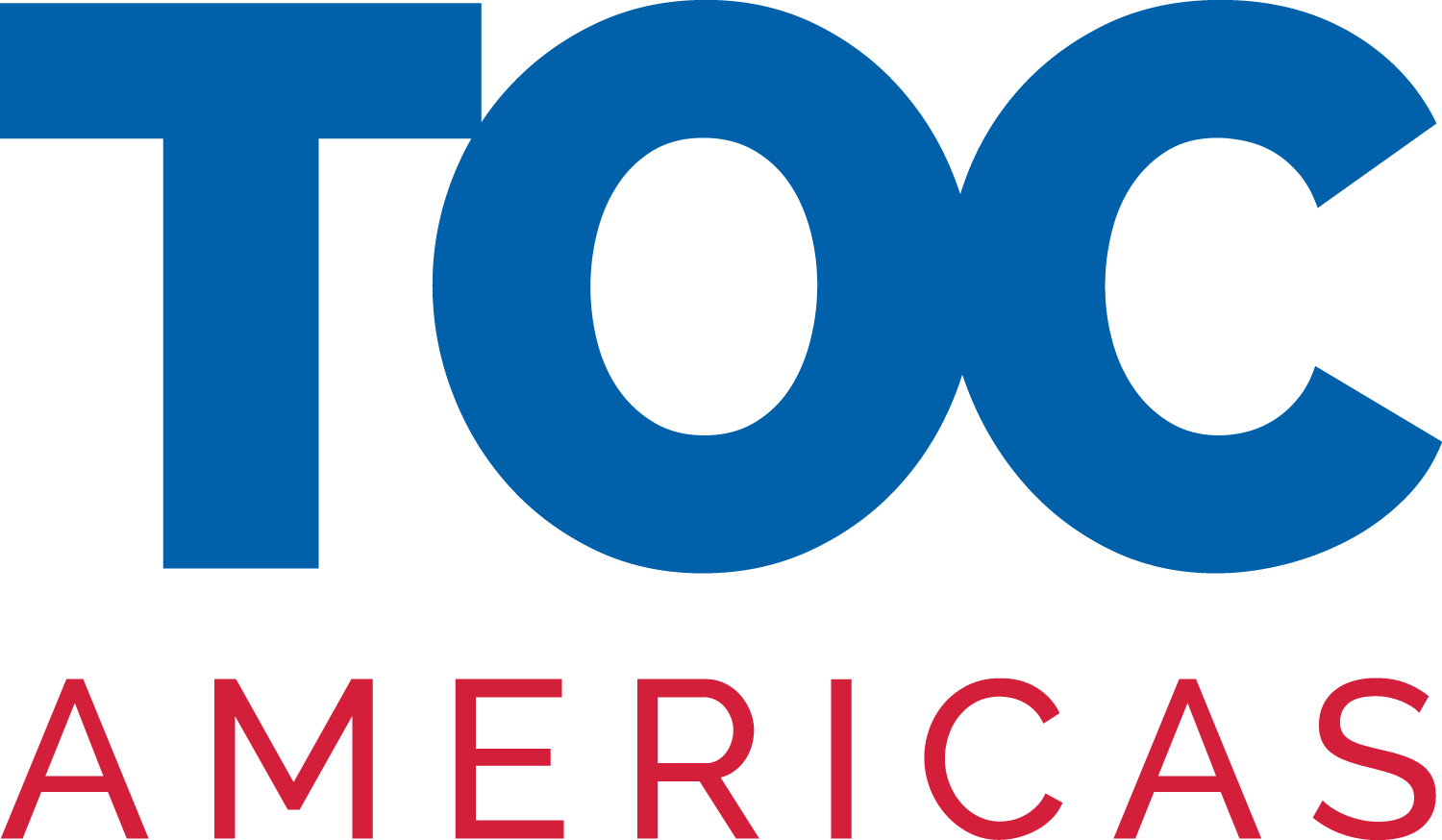The dynamics of the logistics sector are influencing the trends driving the modernization and expansion of maritime & logistics infrastructure.
As we enter a new generation of trade, now more than ever ports and terminals play a more significant part as nodes for transport, energy, and information. Indeed, experts agree that this is the way forward: According to KPMG’s report, Emerging Trends in Infrastructure, the main drivers for port infrastructure in the next decade (2020-30) will be shaped by three key pillars: Growth, Sustainability & Resilience.
In the Americas – and particularly the Latin American region – these pillars are translated into a plethora of projects promising to catapult the competitiveness of the country each project.
The star of the show seems to be the upcoming Port of Chancay, 80 kms north of the Peruvian capital, Lima.
The project is being developed in Peru by COSCO Shipping as part of China’s Belt and Road Initiative (BRI) and, according to COSCO’s chairman Xy Lirong, will be an important hub for maritime trade in Latin America. However, COSCO is not taking on this challenge alone: Fellow state companies China Railway Group and China Communications Construction, especially its China Harbour Engineering unit, are leading the building of the new port, which is scheduled to start operations in 2024.
